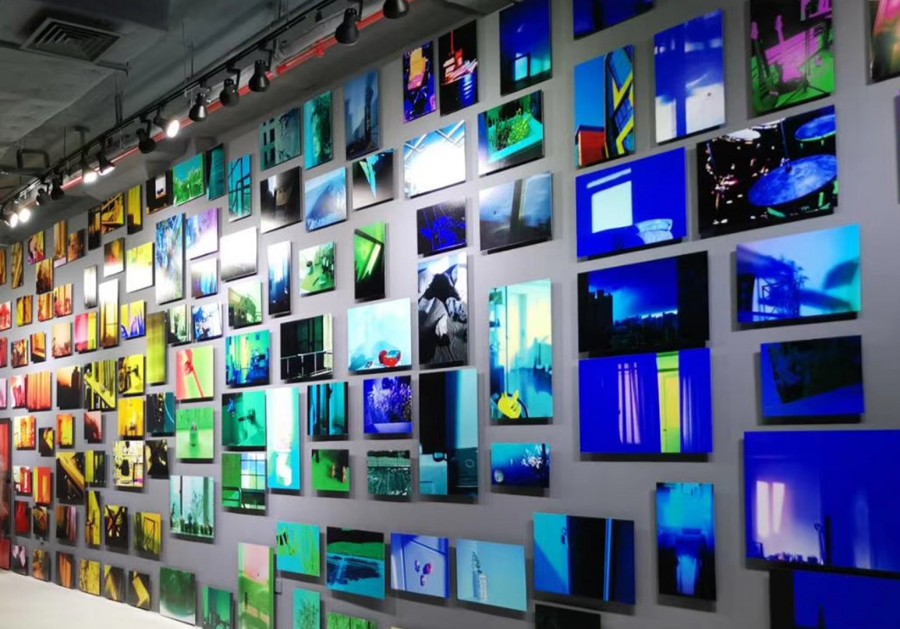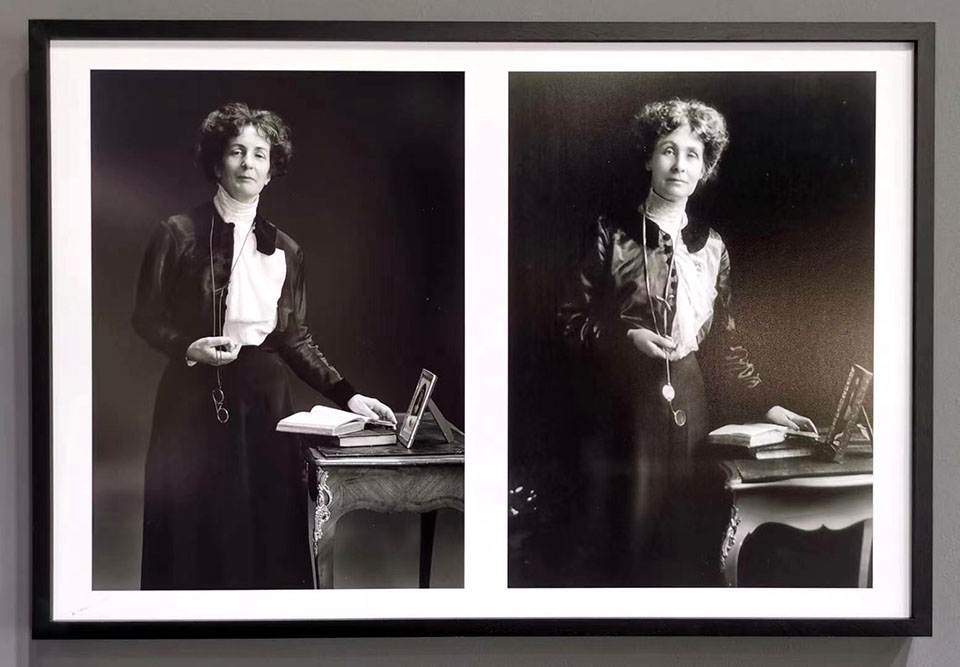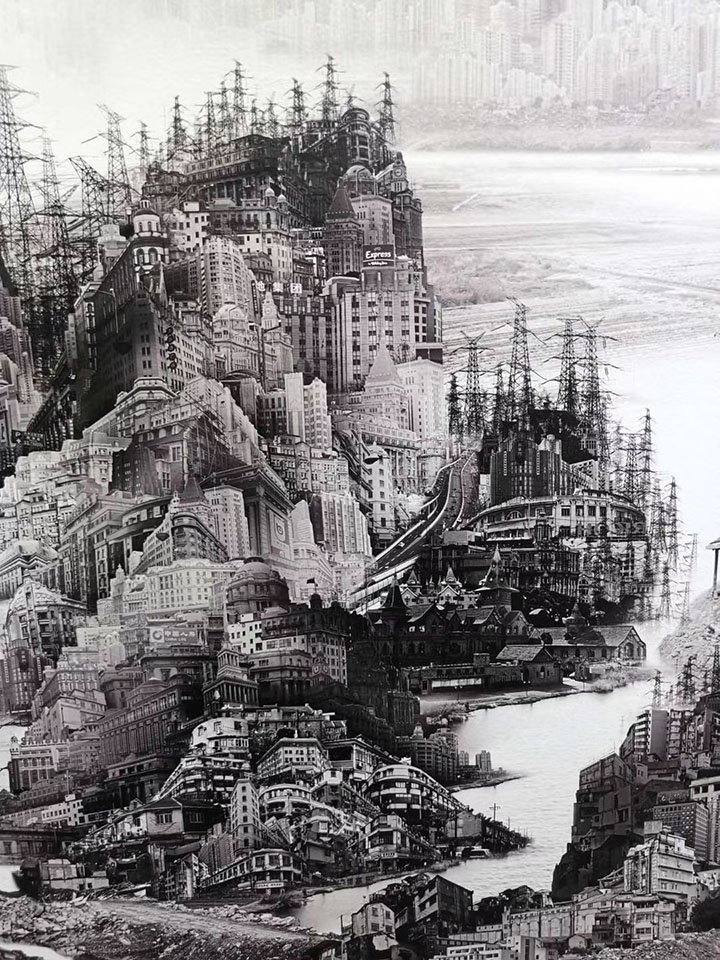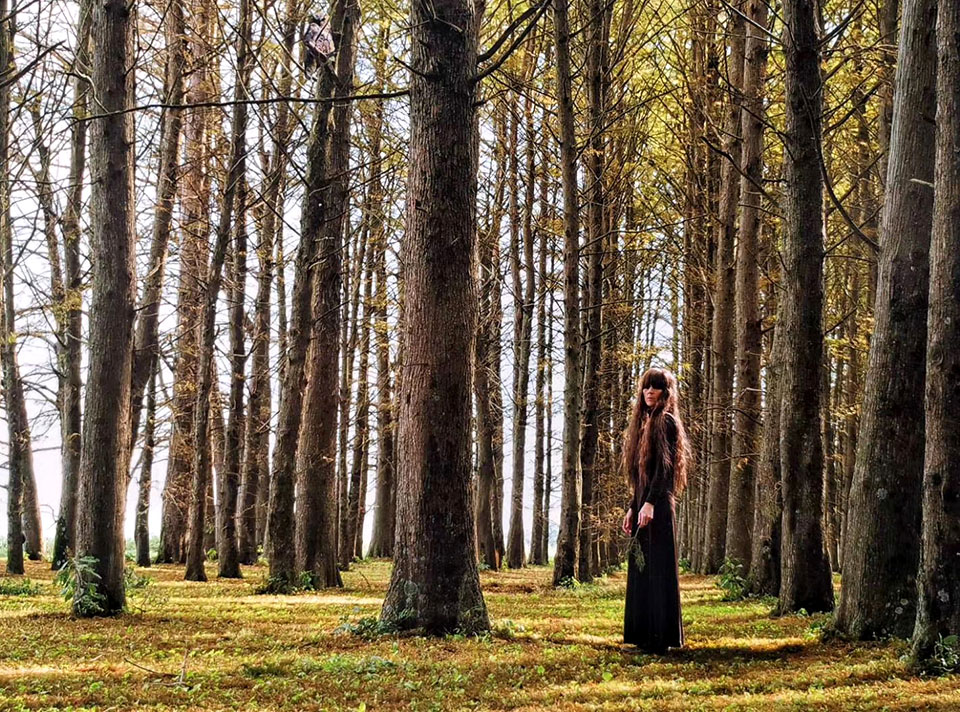The Essence and Value of Art Collection - The 15th Shanghai International Photography Art Exhibition
- OGP
- Sep 30, 2020
- 4 min read
Updated: Oct 7, 2022
By OGP Business Reporters / Members Contribute File Photos
Oh Good Party
Photography is only a medium, which can be used for artistic creation, but it cannot be said that photography is art, it is only a means of art expression. The art of photography is for the purpose of creation, not for recording. Painting is actually a medium, and art such as sculpture and music is also all acts for the purpose of creation.
The 15th Shanghai International Photography Art Exhibition (SHIPF2020) opened to the public from September 25 to October 7 at the Yangpu Riverside Public Space, in Shanghai, China. The biennial exhibition began in 1986, organized by the Shanghai Federation of Literary and Art Circles, People's Government of Yangpu District, Shanghai and the Shanghai Photographers Association.
SHIPF was China’s first large-scale international photography exhibition and now one of the most influential. It is dedicated to presenting fine art photography and moving image from leading international galleries and their artists in dynamic and cutting-edge destinations around the world. The event provides an elegant and vibrant environment for both seasoned and new collectors.
The exhibition's theme is “Future Meets the Shanghai View" and aims to show what photography brings to life and how it will develop in the future. There are 407 artworks, including 10 videos works, 8 installation art, 1 interactive installation, and 1 outdoor large-scale installation, from 54 domestic and foreign artists are on display, selected from 3,456 artworks from 237 artists in total. During the event, activities will include academic seminars and lectures, a bazaar and cultural performance. In addition, The fifth Shanghai Youth Photography Art Exhibition also opened at the same venue with images from 20 photographers selected by organizers.
We recommend the works of three representative artists:
"The Descendants" by Drew Gardner
Out of a love of history, Gardner created portraits for their direct descendants based on portraits of some of the most famous historical figures in the world. After an in-depth research on their immediate descendants, the photographers carefully arranged the details of the creation: creating a real scene, carefully analyzing the tone of each portrait, and rigorously using the latest light and shadow technology, and finally showing a surprisingly similar Images of people. The project is a visual excavation of Western history that questions what remains after generations pass. "I want to provoke a conversation that makes people curious about history.” as the photographer notes
"Artificial Wonderland" by Yongliang Yang
The "Artificial Wonderland Series" started in 2010, Yang Yongliang used the image of urban architecture as a brush to compose digital image creation based on the detailed landscape style of the Song Dynasty peaks and mountains. The development of urbanization nourishes a city, but also confines them; just as traditional Chinese culture is limited by its inherent thinking because of its long history and profoundness. The ancients praised nature by depicting landscapes, while Yang through Chinese landscape painting’s distant perspective aroused people's reflection on the current social situation.
"Stereoscopic Image" by Michael Reich
Reish first used a computer software program to generate black and white lines and curves. He use computer-aided design programs to reconstruct them, and use 3D printing technology to make "real objects". Then, he take pictures in the photography studio. In a sense, these patterns do "exist" —— it printed with 3D printing technology and exist in the world as entities; however, they do "not exist" at the same time because they are produced based on Optical illusion. This subverted the traditional direction of "photography". In his works, non-material data and algorithms generate real objects, and therefore become objects that can be photographed. These works explore issues such as the relationship between reality and virtuality, and existence and non-existence.
If one of the characteristics of modern art is that it has shifted from narrative to individual momentary sensory experience, then any form of art cannot be compared with photography. From finding the target to pressing the shutter immediately, the process only takes 0.2 seconds. As a new medium, modern photography really wandered between art and non-art before 1950. Louis Daguerre (the father of photography)'s original purpose for photography was also purely as a recording medium. Recording this function, even now, is still one of the main reasons for the survival of photography as its medium. At the beginning of development, artists will use photography as a tool rather than an artistic medium for creation. But after that, more and more artists gradually chose to accept this medium. Especially in the later stage of modern art and the early stage of contemporary art, artists, critics and collectors have defined and understood art itself. In the process of reshaping, photography is included as a part of art. The boundaries between photography itself and other media are becoming more and more blurred, that is, the mutual reference and integration between photography art, painting art, sculpture art, fashion art, performance art, installation art and other media.
What is creation?
In conceptually, the act of producing from none to exist.
Photography is only a medium, which can be used for artistic creation, but it cannot be said that photography is art, it is only a means of art expression. The art of photography is for the purpose of creation, not for recording. Painting is actually a medium, and art such as sculpture and music is also all acts for the purpose of creation.
As Yongliang Yang said——Even though my works are not “realistic,” they are based on documentary photography. Without documentary, I wouldn’t be able to describe the overwhelming impact of the current environment we’re living in. I believe deeply in the strength of capturing the “present.”
The 36 works of William Eggleston, the "Father of Color Photography", were auctioned for $5.9 million at Christie’s in 2012. At the time, Christie’s auction director Joshua Holdeman said: “To collectors of modern art, they are more concerned about the work itself. It's not that the work was made using dye transfer or inkjet printing or other methods. Collectors will collect it only if it is wonderful enough."
Completely correct! For collectors, no matter what kind of technology and means is not directly related to art: the reason why a photo is art has nothing to do with whether it is a photo, but with its content.












Comentários